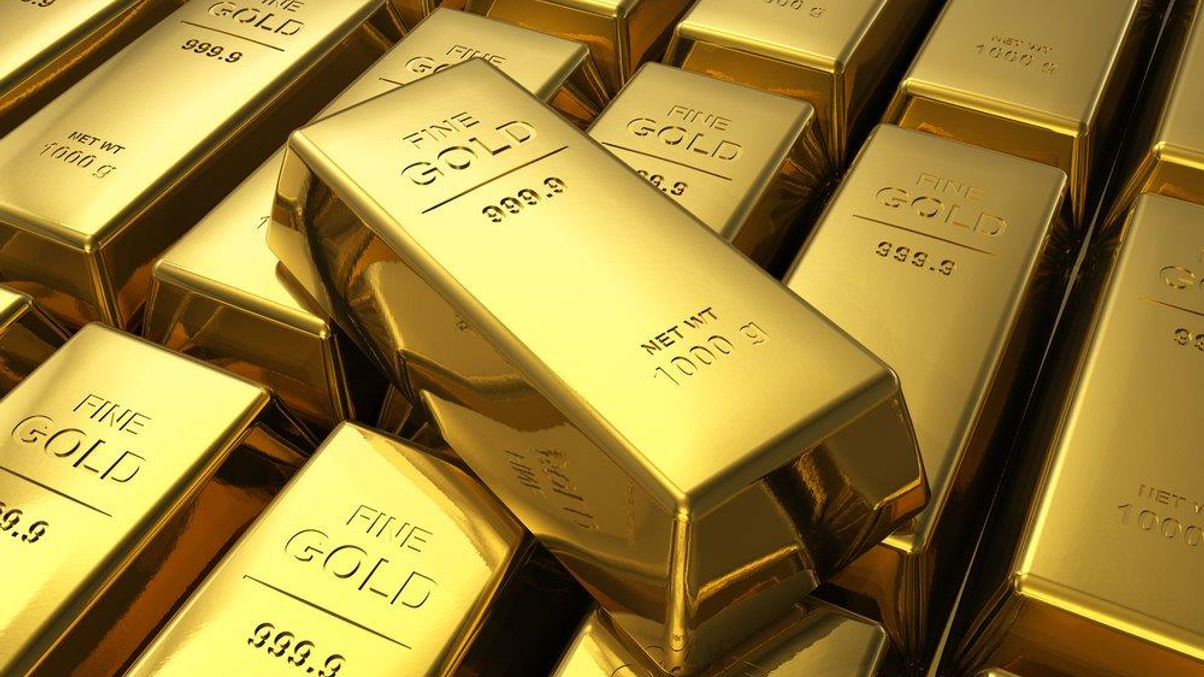Gold lacking lustre as rate hike looms
Gold price has fallen from its one-year peak in September and will be under further pressure if the US Federal Reserve increases interest rates as expected in December.

Wealth investors’ interest in gold is falling as tensions between the US and North Korea begin to subside and the US Federal Reserve gears up for another rate hike.
Sign in to read on!
Registered users get 2 free articles in 30 days.
Subscribers have full unlimited access to AsianInvestor
Not signed up? New users get 2 free articles per month, plus a 7-day unlimited free trial.
¬ Haymarket Media Limited. All rights reserved.


